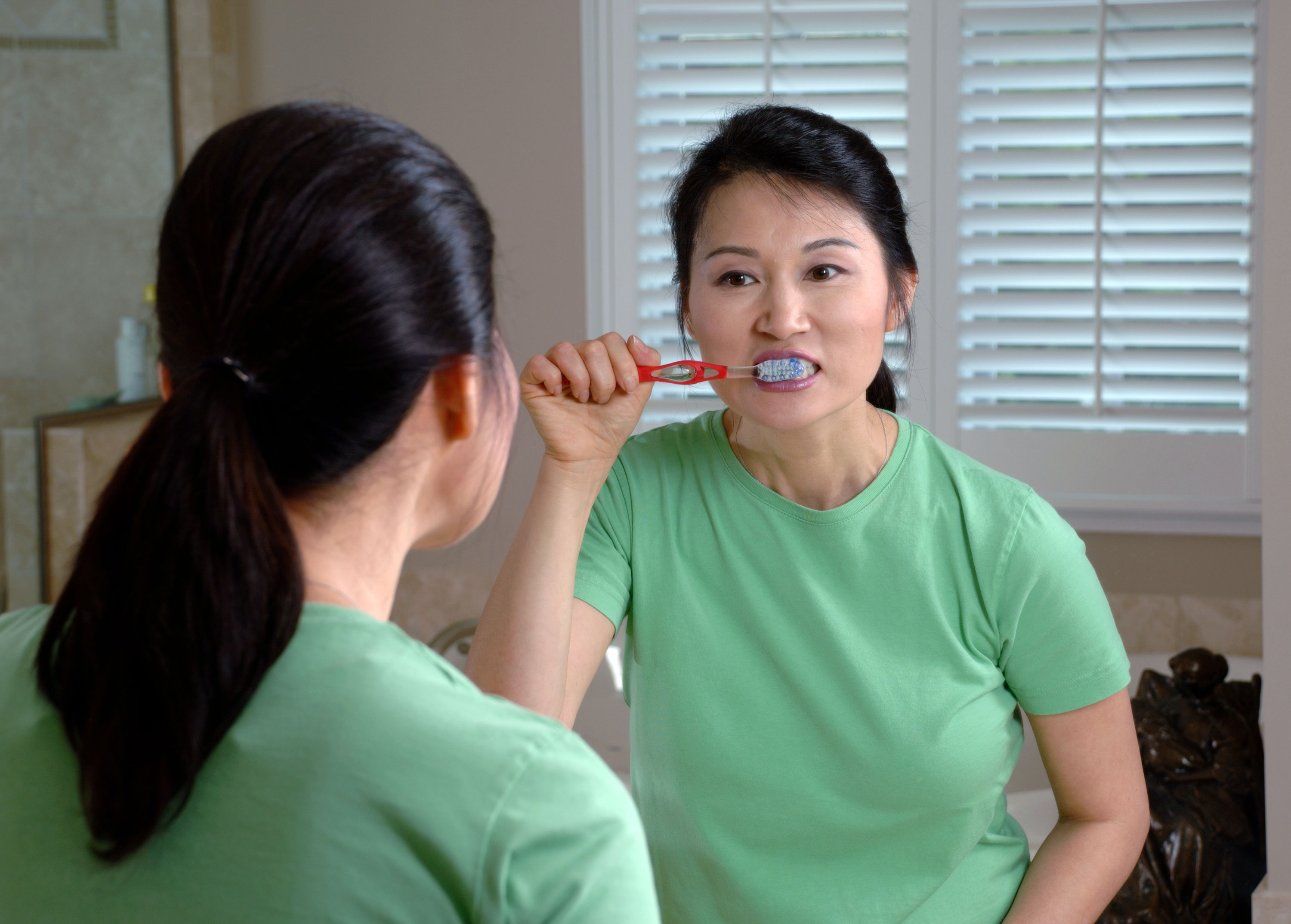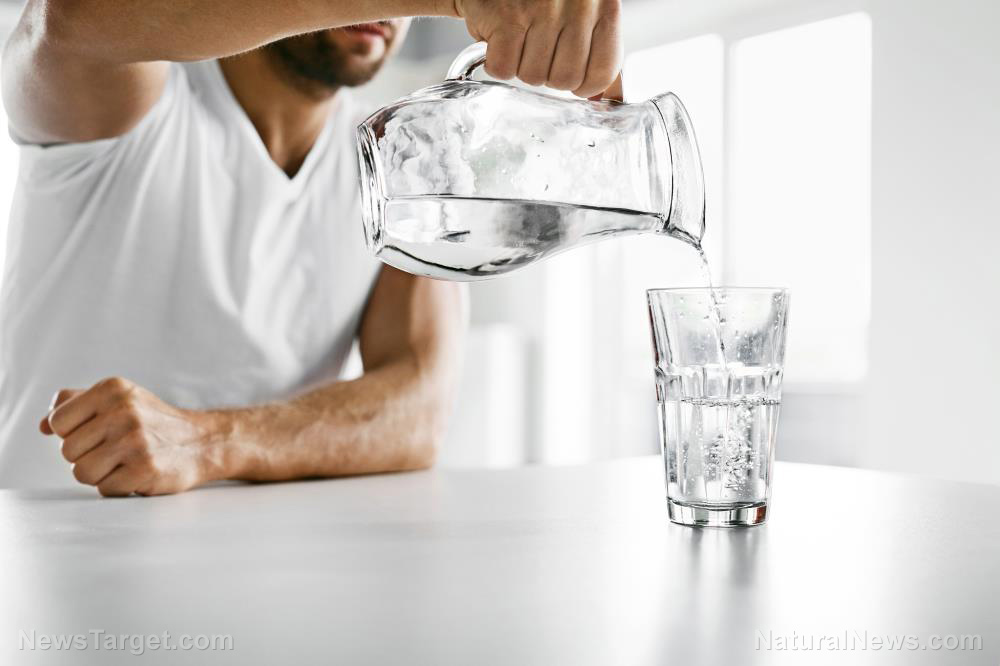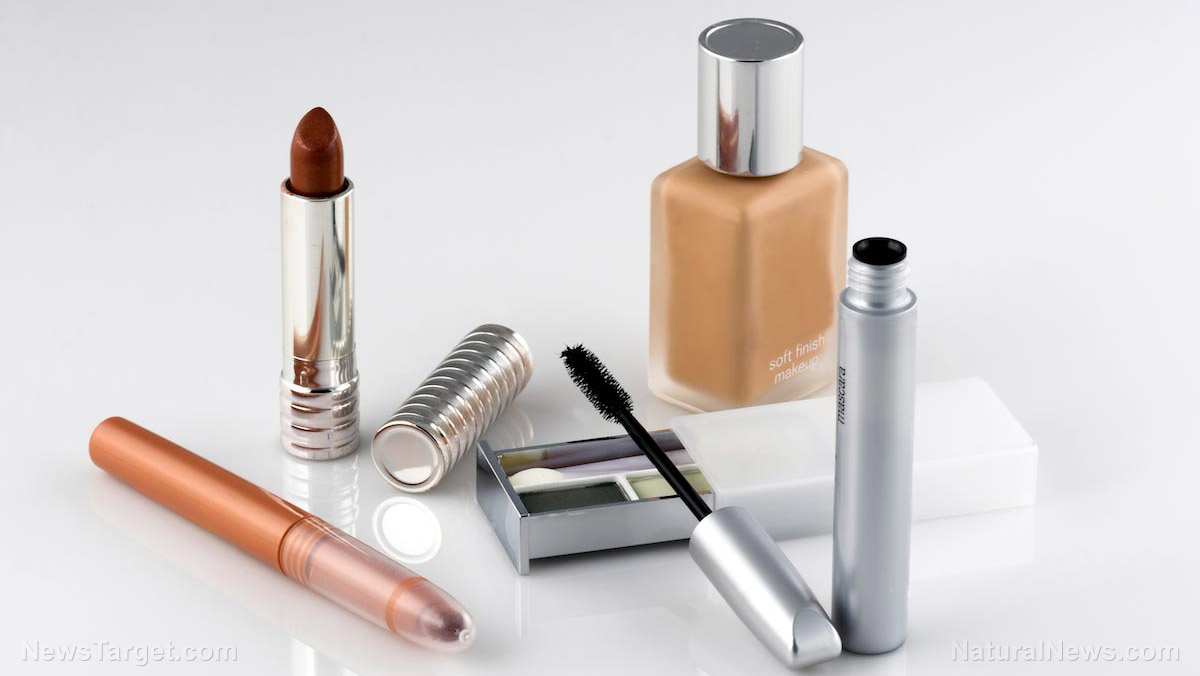Lack of physical activity cause teens’ bones to become weak and fragile
01/16/2019 / By Rhonda Johansson

Parents, pay attention: Less active teenagers have been shown to have weak, fragile bones. A new study conducted by the University of British Columbia and the Center for Hip Health and Mobility at Vancouver Coastal Health Research Institute concluded that a lack of physical activity among teenagers resulted in impaired bone strength. Researchers studied more than 300 teenagers over a four-year period. “We found that teens who are less active had weaker bones, and bone strength is critical for preventing fractures,” said Leigh Gable, lead author of the study. She also said that the team noticed that “kids who are sitting around are not loading their bones in ways that promote bone strength,” which is why exercise and team sports are important.
The daily recommended amount of physical activity for teenagers is 60 minutes of moderate-to-vigorous exercise per day. Researchers separated the participants into two groups, those that met this requirement and those that did not. Bone strength was determined through bone size, density, and microarchitecture. It was found that adjusting for various factors, physical activity is necessary for bone growth and strength.
This is of particular importance for teenagers. Studies show that there is a four-year window — ages 10 to 14 for girls and 12 to 16 for boys — when a large part of the human skeleton is formed. Bone is particularly sensitive to physical activity, therefore the lifestyle habits practiced during this period can affect adult development.
“We need school- and community-based approaches that make it easier for children and families to be more active,” concluded co-author Heather McKay. “The bottom line is that children and youth need to step away from their screens and move to build the foundation for lifelong bone health.”
Authors of the study say that physical activity need not be an organized sport. Merely playing or fooling around count as exercise. What is important, the authors stress, is spending less time sitting down or practicing a sedentary lifestyle. Parents need to encourage children to put the video game or tablet down and go for a play date at the park instead.
The critical stage for bone development
As much as 36 percent of bone tissue is formed during the critical four-year period mentioned previously. As children hit puberty, their bones need to grow in order to accommodate all the physical changes occurring. It is crucial that adolescents promote good bone health by adjusting their lifestyle to include good habits such as regular physical activity, safe sun exposure, and excellent nutrition. Undernutrition — particularly insufficient intake of calcium — can impair bone growth. Conversely, obesity can hinder proper nutrient absorption which is critical for good bone health.
Children with weaker bones are at a higher risk of developing osteoporosis which the National Institute of Health (NIH) calls the “pediatric disease with geriatric consequences.” Osteoporosis is a condition where bones become weak and fragile, making them more prone to breaks. Thankfully, the condition can be easily prevented during childhood and young adulthood. Peak bone mass is reached during the late teens and early 20s. Those who gain the most bone mass during this period show a significantly reduced risk of osteoporosis later in life.
The International Osteoporosis Foundation says that the condition causes around nine million fractures annually, which translates to an osteoporotic fracture every three seconds. By 2050, global cases of hip fractures among men are forecast to increase by 310 percent and 240 percent among women, compared to rates in 1990.
Eat your way to good bone health
The daily recommended allowance for calcium is 1000 mg for men and women under 50 and 1200 mg for those above 50. Milk is still the best source of calcium but those who are lactose-intolerant can opt for a serving of any of the following foods: Kale (245 mg), sardines (217 mg), yogurt (300 mg), broccoli (93 mg), watercress (41 mg), cheese (224 mg), bok choy (74 mg), okra (82 mg), or almonds (76 mg).
Take note that your body needs ample amounts of magnesium, vitamin K, and vitamin D in order to properly absorb calcium.
Sources include:
Tagged Under: bone health, calcium intake, teen health




















